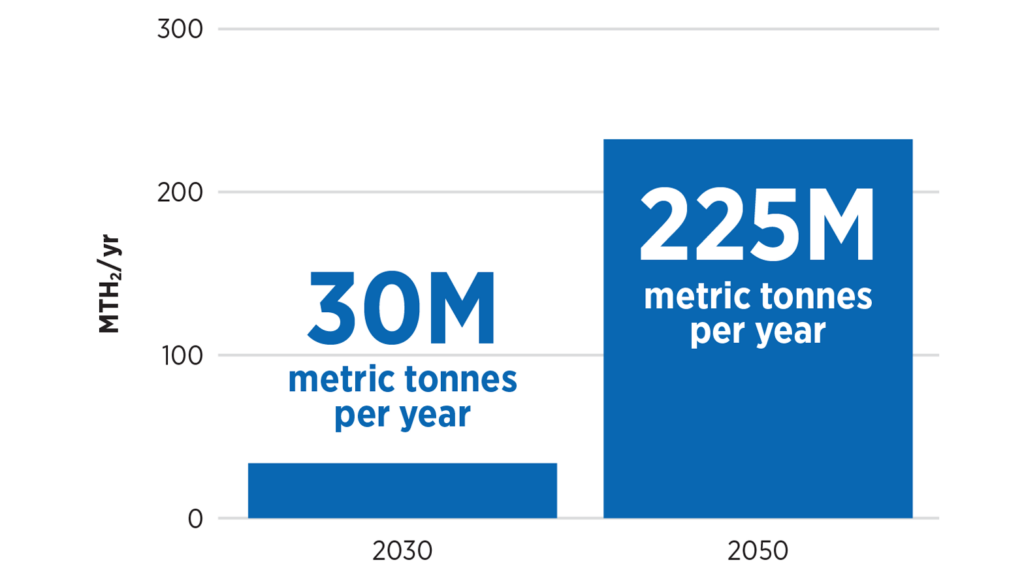As the world works toward a lower carbon future, alternative energies, like solar and wind power, are expected to be key contributors. What doesn’t make as many headlines is the universe’s most abundant element: hydrogen.

This energy source can be produced in large quantities and used at scale. The International Energy Agency (IEA) projects hydrogen, a lower carbon intensity fuel, to make up about 10% of the future energy mix in 2050 for heavy industry and long-distance transport.
Demand for hydrogen could reach 225 million tonnes per year by 2050. The IEA reports demand in 2019 was less than 100 million tonnes per year.
We’re taking a deep dive into this increasingly important element to explore how it’s produced and its role in our lower carbon future.
The partnership’s eìorts will drive the expansion of sustainable transportation infrastructure and establish Southern California as a leader in green hydrogen. “Avina is proud to work with Chart on this first-of-its-kind green hydrogen project in Southern California, deepening our partnership,” said Vishal Shah, founder and CEO, Avina Clean Hydrogen Inc. “Chart’s Howden compressors are best in class, ensuring the reliability and high quality of Avina’s green hydrogen for commercial mobility and other markets in California.”

Source: IEA, Announced Pledges Scenario, 2030–2050
Hydrogen as a Fuel Source
Hydrogen is typically bonded to other elements in compounds such as methane, water and biomass. After separating hydrogen atoms from these compounds, hydrogen can then be used to store and transport energy.
Like electricity, hydrogen is an energy carrier that must be produced from another substance. Given the properties of current battery technologies, creating electric power is challenging in industries such as aviation, marine and heavy-duty, long-haul freight.

“Hydrogen is a lower carbon solution that is particularly effective where direct electrification is not feasible.”
Bryan Farmer
Senior Commercial Analyst, Hydrogen
Transforming Hydrogen
Energy sources such as renewables, nuclear energy and geothermal can produce hydrogen, but it’s most commonly generated from natural gas. Hydrogen produced from natural gas can be made with a lower carbon intensity through carbon capture and storage (CCS) methods.
Hydrogen is produced by passing electricity, generated from sources such as solar and wind, through water in a process called electrolysis—the least carbon-intensive production method.

Hydrogen can also come from biomass conversion and waste-to-energy methods. It can also help lower carbon emissions in sectors like heavy-duty transportation, power generation, chemical manufacturing and hard-to-abate sectors like steel and iron production.
Hydrogen is used in those production processes as a fuel source or feedstock.
Our Investment
We currently produce more than 1 million tonnes of hydrogen per year, primarily for refining applications. As part of Chevron’s aim to be a leader in advancing a lower carbon future, we have a target to produce an additional 150,000 tonnes per year of lower carbon intensity hydrogen for existing and new markets by 2030.
“We’re seeking to create a profitable, large-scale hydrogen business that builds on our assets, capabilities and customer relationships,” said Austin Knight, vice president, hydrogen. “We have decades of relevant experience producing and managing it.”
View source version: https://www.chevron.com/newsroom/2023/q3/explainer-harnessing-the-power-of-hydrogen#:~:text=Hydrogen%20is%20typically%20bonded%20to,be%20produced%20from%20another%20substance.
